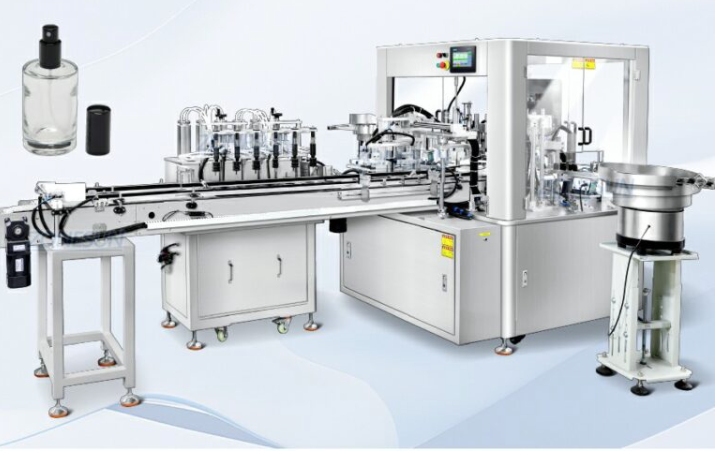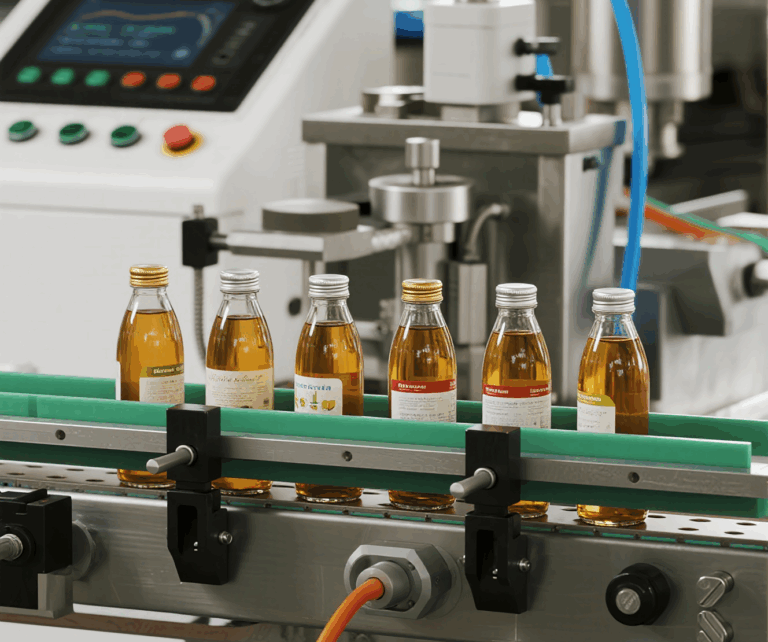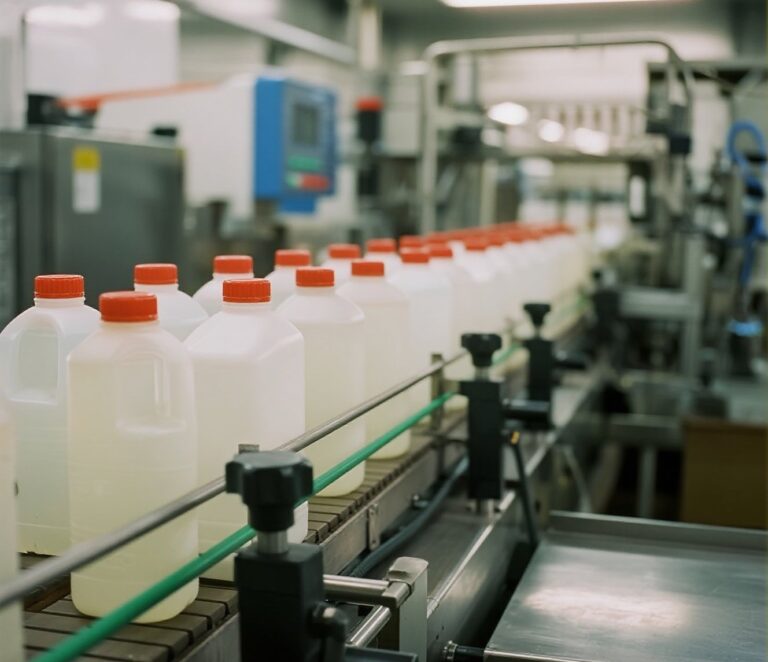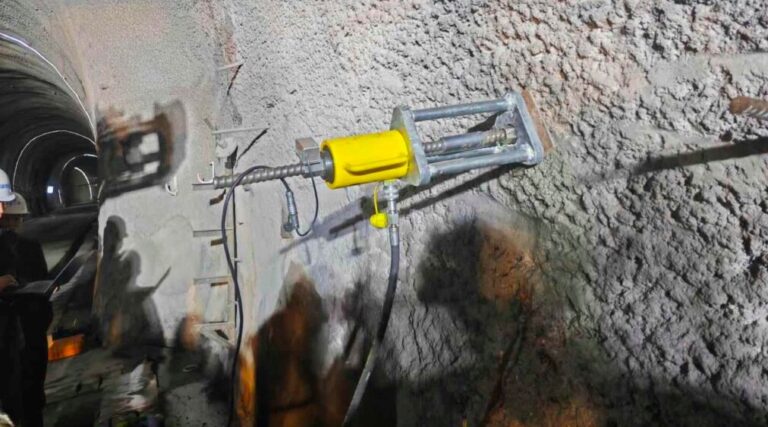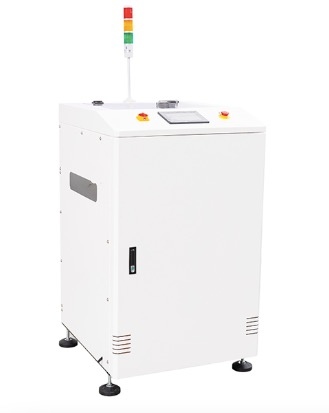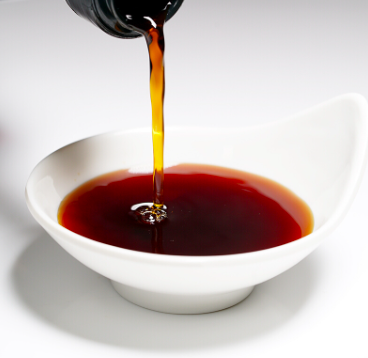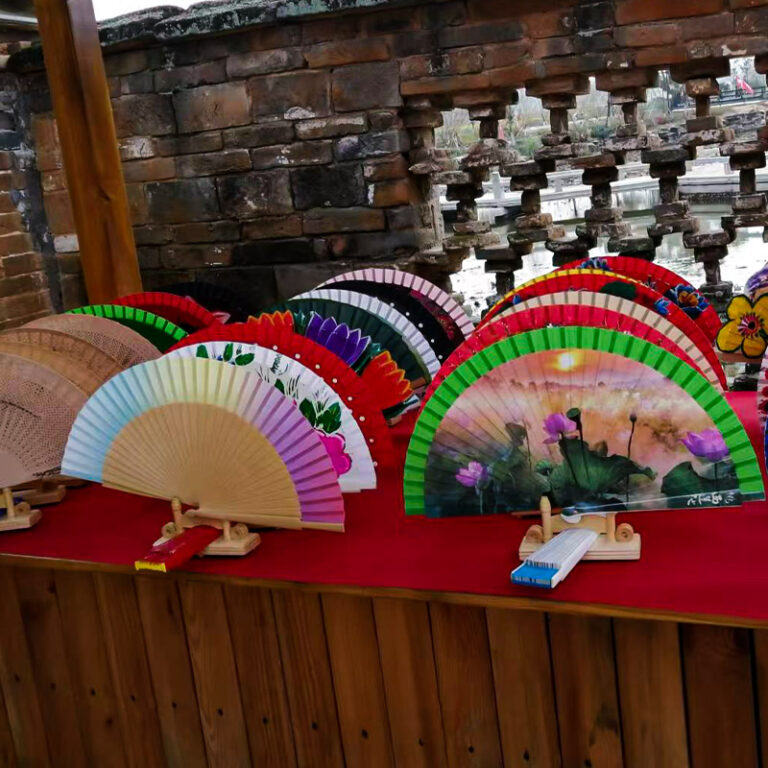The valve manufacturing process is extremely complicated and has high technical difficulty. On the surface, the number of valve parts is small, the structure is simple, and the accuracy requirement is general, so it is a relatively simple part of the mechanical industry

However, the manufacture of valve core sealing parts is extremely demanding, and a zero-to-zero sealing fit must be achieved to meet the air tightness test’s zero leakage requirement.
Therefore, the valve manufacturing process is quite complicated and technically difficult, which has the following characteristics:
1. The material selection requirements are harsh. Because the valve is widely used, it needs to be used in harsh working conditions such as high temperature and high pressure, low temperature, cryogenic, flammable and explosive, highly toxic and strong corrosion, which puts forward extremely high requirements for materials. Besides common cast iron and carbon steel, high alloy materials such as stainless steel, alloy steel, and titanium alloy are widely used. The casting, welding, and machining properties of these high alloy materials are poor, which brings great difficulties to the manufacturing process.
2. The casting process is complicated. Most valves are made of thin-shell castings with complex structures, which not only require high appearance quality, but also must meet high standards in internal quality and metallographic structure, and there must be no defects such as blowholes and shrinkage cavities. Therefore, its casting process is much more complicated than general mechanical parts.
3. Machining is difficult. Most valve materials with high strength, high hardness, and high corrosion resistance have poor cutting performance, and it isn’t easy to achieve the required
dimensional accuracy and smoothness. In addition, the machining accuracy, matching angle, and smoothness of the valve sealing surface are also very high, which brings great challenges to machining.
4. It is also difficult to clamp valve parts in machine tools. The main parts of the valve, such as the valve body and gate, are complex in structure and shape, and some parts are thin-walled and slender, with poor rigidity, so it is difficult to locate and clamp when machining with machine tools, so it is necessary to use more complicated special fixtures.
5. The process arrangement is complicated. On the surface, the number of valve parts is small and the structure is simple, but the requirements of “three degrees” (flatness, smoothness, and hardness) of the core sealing part are extremely high, and the coincidence degree between the two sealing surfaces must reach zero to zero. This requirement of ensuring precise sealing based on rough data is the biggest technological difficulty in valve manufacturing.
6. There are great hidden dangers in the test. As the opening, closing, and regulating element of a pressure pipeline, valves need to be used under various harsh working conditions. However, the test can only be carried out at room temperature, which can not completely simulate the actual working conditions, and there are major hidden dangers.
To sum up, the valve manufacturing process is complex and technically difficult, which is a big challenge in the field of machinery manufacturing. Only by fully recognizing these characteristics and adopting targeted manufacturing technology can we ensure the quality and reliability of valve products.
0
